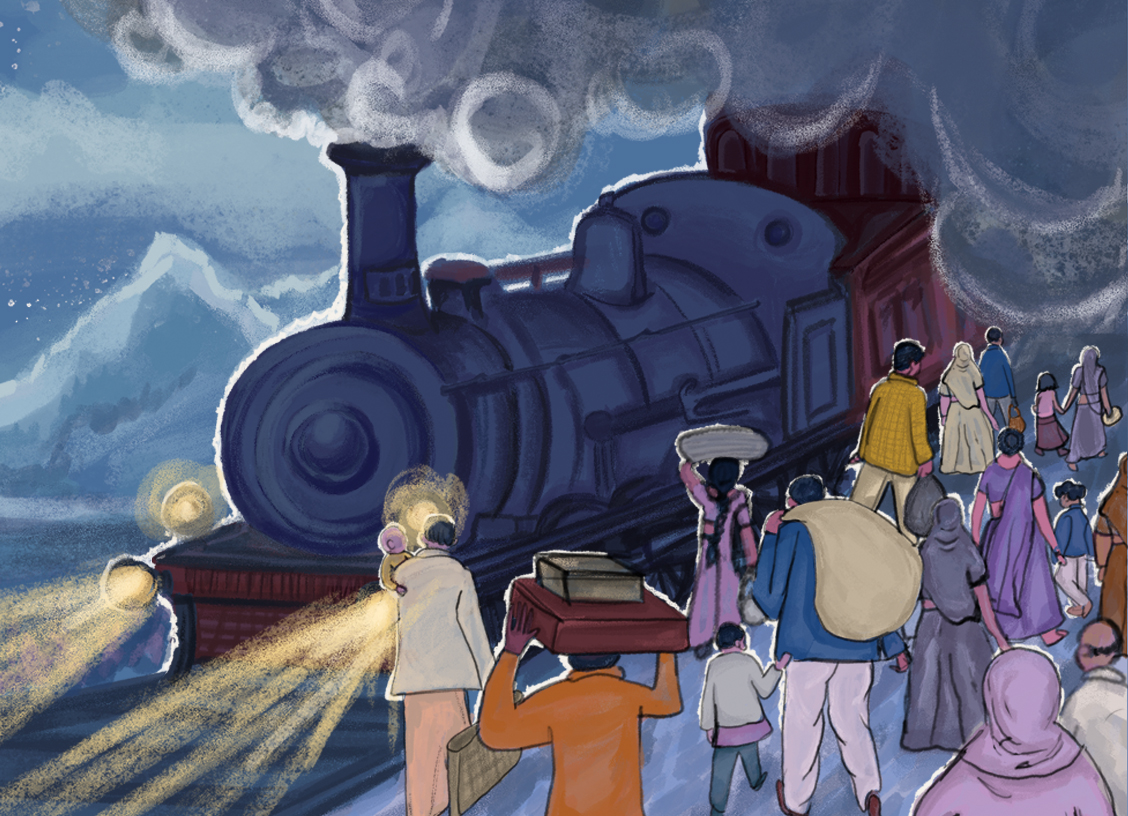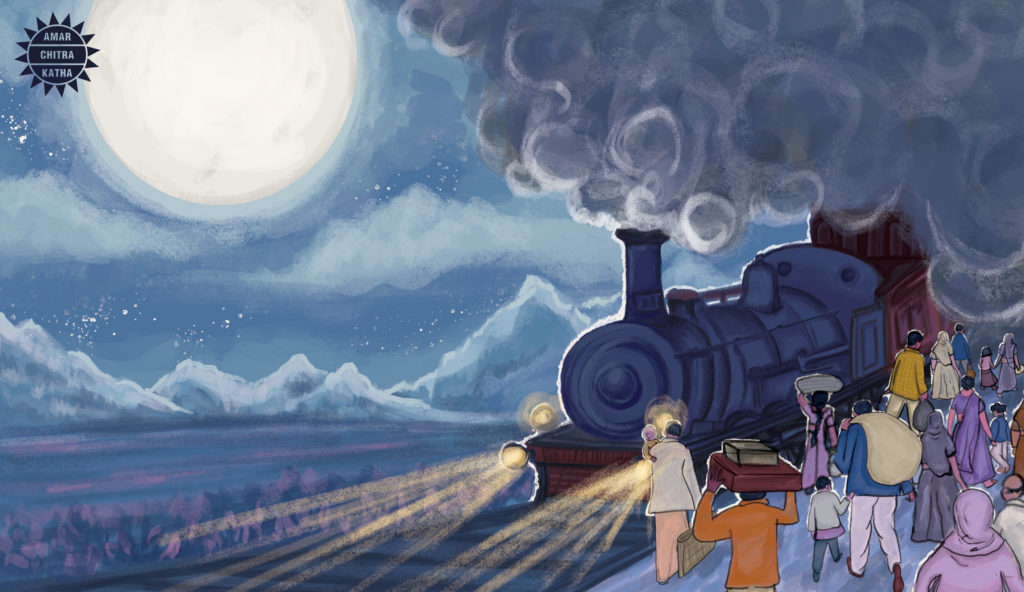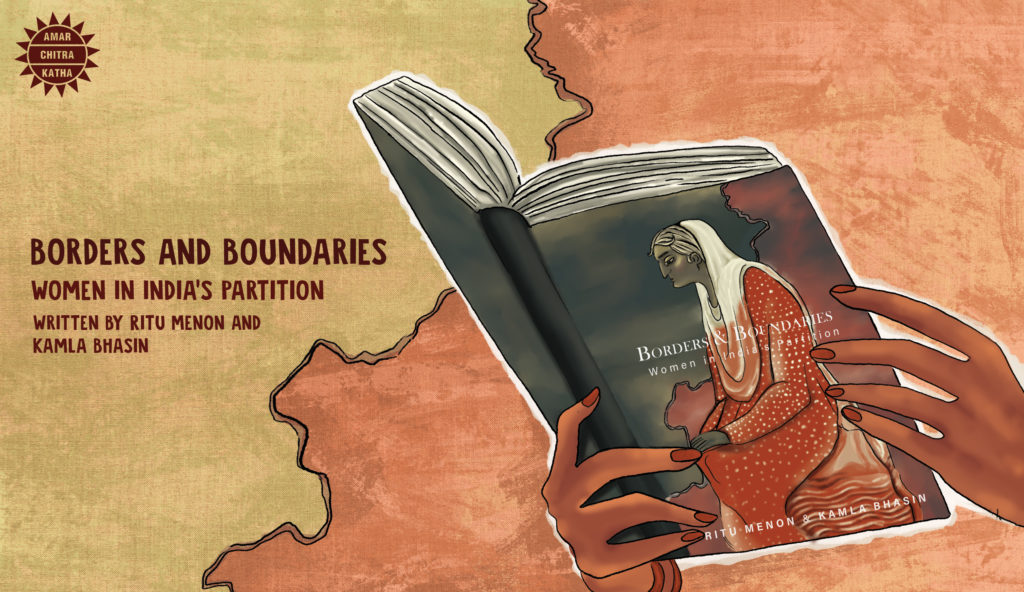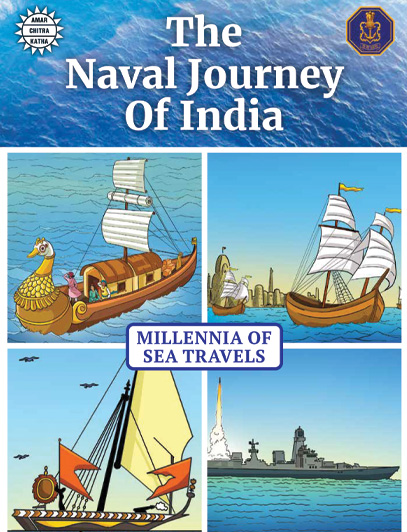Must-Read Books about the Partition of India
- December 27, 2023


Must-Read Books about the Partition of India
- December 27, 2023
By Meghana. L
The 1947 partition of British India created two new countries: Pakistan and independent India. This event had severe consequences, culturally, socially, politically, as well as economically. It displaced about two crore people, of which around two to ten lakh people lost their lives. Several books have since been written that attempt to articulate the impact of partition on human lives. Here are a few such must-read books for anyone wanting to gain an understanding of the devastating effect of the partition.

Train to Pakistan is one of the most well-known books to have been published on the partition. It was released in 1956, only nine years after the tragic events that took place due to the partition. As someone who, along with his family, had to leave his home in Lahore, Khushwant Singh is not alien to the grief and suffering that the time brought on. In the book, he does not mince words and holds everyone, whether Hindu, Muslim, Sikh, Indian or Pakistani, responsible for the violence and carnage that unfolded. The principal setting of the book is a village called Mano Majra, a village in Punjab that happened to fall on the Indian side of the border. At the beginning of the book, Sikhs and Muslims live together peacefully, unaffected by the growing violence around them. However, as the novel progresses, a first-hand look at the violence in the form of a ghost train carrying dead bodies of people travelling from West Punjab to India begins to poison the minds of those in the village. Outsiders, who begin to live there, view the local Muslims with anger and create suspicions against them. These events change the peaceful atmosphere of Mano Majra and threaten to fill it with bloodshed. The novel looks at the effects of violence on ordinary people and how they respond to it and leaves the readers with feelings of despair, anger, doubt, and grief.
To receive more such stories in your Inbox & WhatsApp, Please share your Email and Mobile number.
In this fictional book, author Bhaswati Ghosh tries to recreate the events following the partition of Bengal and examines the lives of refugees who had to deal with the traumas of violence, of leaving their land, and of setting up a home in a place that did not necessarily welcome them. The story is about Amala, a young girl who, along with her brother, survives the violence that kills the rest of her family and flees to Calcutta. However, she loses her brother at the railway station. In this state, she meets some volunteers at a refugee camp, and among them another main character, Manas Dutta. They take her to the camp, where she has to learn how to live and sustain herself in the city. She and the other refugees deal with the frustrations resulting from the apathy of authorities who do not do much to help them. These feelings of frustration give rise to some residents taking over a vacant piece of land which they name Bijoy Nagar or Victory Colony and begin living there. In the book, the author also covers the cultural differences between the east and west Bengals and talks about how food and the recipes they brought with them connect them to their homeland. As indicated by the title, the book showcases the resilience of the refugees who continue to work hard and live their lives despite the many challenges they face.

In this 1998 non-fiction book by Ritu Menon and Kamla Bhasin, the authors explore women’s stories during the event and how they reacted, were affected, and were changed by them. Early partition history and literature only speak about women’s experiences in the context of honour and as bodies who had to suffer violence. While modern partition literature has moved beyond this, Ritu Menon and Kamla Bhasin were among the earliest voices to not look at these women as passive victims of the partition but as people who had things to say about the lives they have lived. The book also looks at the role of women in helping other women escape from captors, placing them in camps, and their attempts at rehabilitating them. The book presents the stories of the women in their voices, in the form of transcripts of interviews, and weaves them along with data, facts, and other historical documents.
Aanchal Malhotra, the writer, is an oral historian and co-founder of the Museum of Material Memory (an online space that captures the shared material culture of the Indian subcontinent). In her book, she looks at 21 objects across India and Pakistan, each with its own stories. The owners of these objects, or their family members, narrate the stories. A few things mentioned in the book are letters, jewellery, photographs, utensils, and so on. In the stories, we see glimpses and reflections of lost homes, of a time in the past when the cities of their childhoods were still their own, of old tears and old wounds. Malhotra was inspired by her own family’s history of migration from Lahore to Delhi and the objects they had brought with them: a vessel used by her great-grandmother to churn milk and a yardstick used in her great-grandfather’s clothing store. These objects brought about conservations and stories about their lives in Lahore, something that wasn’t frequently mentioned. This inspired her to look for objects and their histories which eventually led to this book. On reading the book, readers will be sure to identify a sense of shared culture and mutual loss that resides on both sides of the border.
Read more about the impact of such important historical events only on the ACK Comics app!
To receive more such stories in your Inbox & WhatsApp, Please share your Email and Mobile number.

Comic of The Month
The Naval Journey of India Book I
This book is the first of a three-book series that takes a deep and detailed look at India's Naval History and a deep insight into the lives of our men and women in white. But any series on the Indian Navy has to start at the very beginning - exploring India's celebrated maritime history. Join our little hero, Bharat, and his grandfather, Commodore Sagar, as they sail into the deep blue waters of time. Book I of The Naval Journey of India takes a sweeping look at India's maritime endeavours, how the seas impacted us over millennia and how the oceans made us who we are.